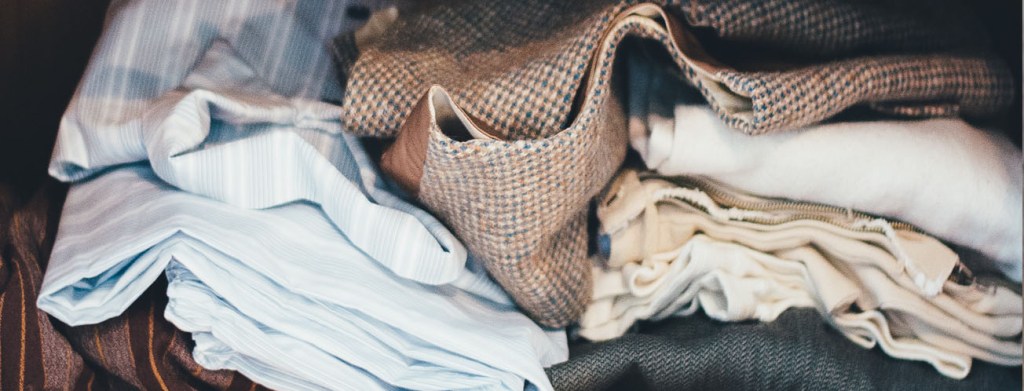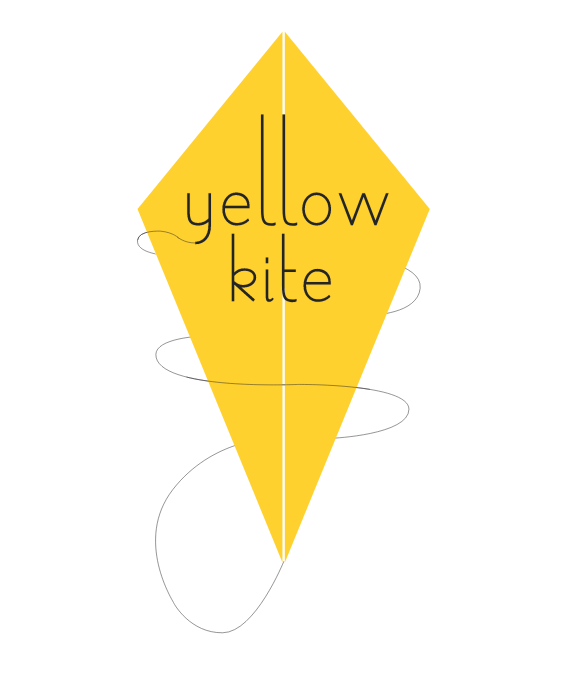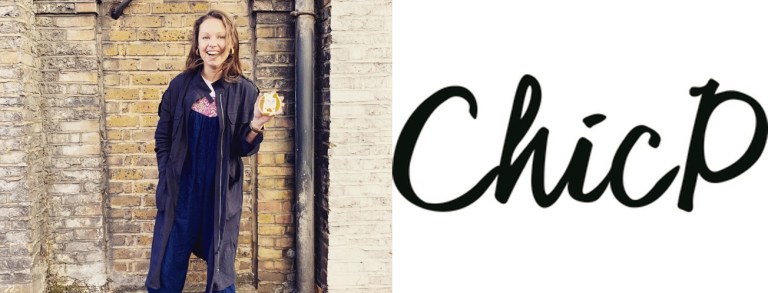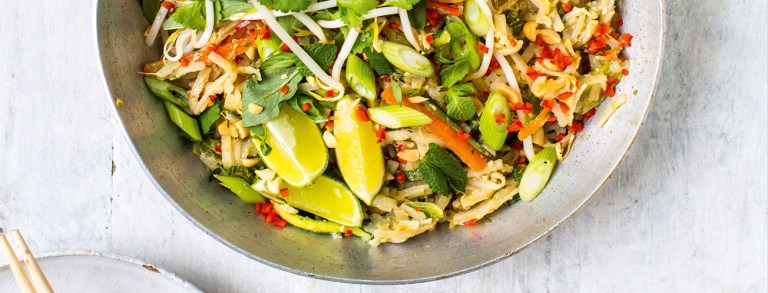The Art Of Discarding Things That Could Still Be Used

Don’t think you can’t throw something away just because it can still be used. Change your mind set. Think to yourself, I’ve used it once, so I can throw it.
What sort of things?
- Clothes, books, magazines
- Cosmetics and toiletries
- Medicines
- Freebies
- Wrapping paper, string, boxes, used paper
- Spices
Strategy variations
1: THE BIG THREE – THINGS THAT PEOPLE FIND MOST DIFFICULT TO DISCARD
- Clothes, books, magazines
People find things in these three categories most difficult to discard because it gives them a feeling of being wasteful: ‘I can still wear it’; ‘I haven’t read it all’; ‘It may be useful one day’.
The belief that things should be used until their potential is exhausted is a powerful one. (The reason some people like passing things on to second-hand shops is the idea that somebody else will take over this potential.) But it’s better not to bother about whether you use things to their full potential.
You could say, ‘It’s done what I bought it to do, so that’s that. I’ve used it to the full.’ Say you bought some fashionable clothes on impulse, for example, and you enjoyed wearing them once – that’s enough. Or you bought a magazine for its special feature – you read the feature, so you don’t have to keep the magazine because you haven’t read the rest of it. In other words, by fulfilling your purpose, its potential has, in fact, been exhausted.
2: YOU’VE GOT SOME YOU HAVEN’T USED, BUT YOU KEEP GETTING NEW ONES
- Cosmetics and toiletries
It is easy for make-up and toiletries to accumulate. It’s not just women that have trouble discarding these kinds of items and even if you don’t buy a lot of cosmetics for yourself, you may be given them as gifts. So you end up with a collection of partially used items. Don’t wait to finish them. If there’s anything you haven’t used for a while, simply throw it away. A regime of regular discarding is helpful here.
- Medicines
There are various ways that this type of thing can accumulate. Even if you think you’ll be able to use them at some stage, once you’ve had them for a while you wonder whether you should. Don’t let these things pile up. If it’s something prescribed by the doctor, throw any surplus away after you stop taking it.
- Freebies
Giveaways, like soaps or perfume samples, tend to accumulate. They could be used, even if you don’t really like them. Open them up and see if you like them. If you don’t, throw them away. Or, depending on what the product is, it may be good to take on a trip. Use as much as you need while travelling and then dispose of it while you’re away.
- Wrapping paper, string, boxes, used paper
‘Discard when you exceed a certain amount’. This means accepting the idea that it is OK to throw things away without using them up.
3: THINGS THAT ARE DIFFICULT TO USE UP
- Spices
Spices sit there for ever. Don’t be tempted by an attractive container into buying too much. It might look good on the shelf, but your kitchen has far too much stuff in it already. It’s more sensible to get a small bag or sachet. And if it’s not going to be a regular feature in your cooking, get rid of it.
Why this strategy works
With the ‘I’ve-used-it-once-so-I-can-get-rid-of-it’ mindset a lot of things are easier to discard. Depending on the item, it may be a question of ‘once’ or ‘this much’, but either way this attitude will stop you worrying about being wasteful.
The Western custom of making patchwork from old clothes can be helpful with this strategy. You may have clothes which you don’t want to throw away because of associated memories. If you keep patches of material from them, it is less difficult to part with the clothes. You can then use the pieces to make a bag, oven glove or bed cover – whatever your handiwork skills are up to. A lot of people in Japan already use this approach with children’s clothes, sewing patches together to make things like shoe bags for their children to use at school. Perhaps it’s a very female idea, but if you think that using one part of something may help you feel that the whole hasn’t been wasted, then why not give it a try? On the other hand, if you end up with ten oven gloves in the house, you’re just accumulating something else, so only try this idea with clothes that you find very difficult to throw away.
You might, for example, make a purse or a bag from a kimono or dress your mother used to wear. Changing form and reducing size is another method of disposal.











